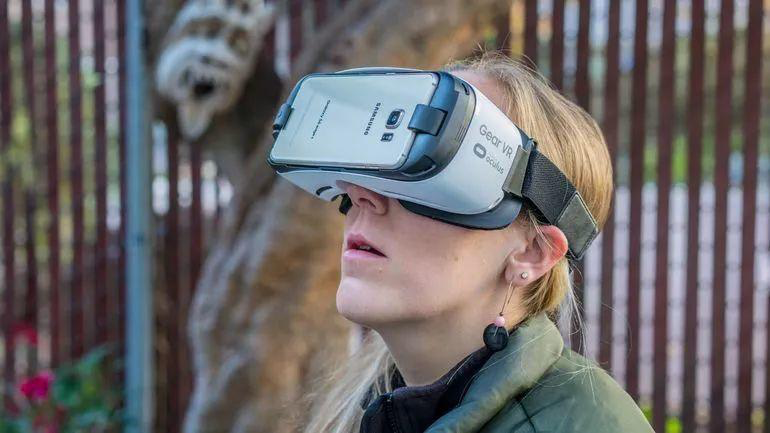The difficulties in upgrading AR can be analyzed in the following aspects.
Hardware
To learn more about the hardware, we have to start with SLAM underlying technology of AR. The difficulty of SLAM at present is that it needs to meet a large amount of calculation. Based on the accuracy of equipment, it can be divided into monocular, binocular, TOF, LiDAR and IMU sensors. Therefore, the difficulties can be summarized as follows.

- Computation problem
The huge real-time calculation demands need to be supported by powerful computing chips, which is the key to the real-time operation of AR. Only when it reaches a certain degree of computing capacity, can AR run in real time on the mobile terminal. However, general chips can’t just be used to calculate SLAM, and it still has a lot of work to do. Up to now, only high-end chips can complete this task.
- Heating and battery
High-intensity computing will inevitably lead to a high degree of energy consumption and heating, which requires extra-long battery life, and strong heat dissipation capacity of mobile devices. Up to now, the progress of battery reserves lags far behind the progress of computing power and has met a bottleneck.
- Miniaturization of equipment
Mobile AR, especially head-mounted glasses AR, has high requirements for miniaturization of equipment. Too large or heavy equipment will inevitably lead to universal problems of use and cannot be applied on a large scale.

- New display technology
This only refers to AR glasses. Near-eye displays have very strict requirements on display technology. Both optical waveguide and optical field technology are still in the stage of prototype exploration. The field angle, clarity and experience are still far from expectations. There are difficulties in mass production of equipment, theoretical difficulties and difficulties in the component industry chain.
- New hardware requirements
AR is in urgent need of new hardware, and the old bottle of new wine can only be used as a temporary transition. SLAM, gesture detection, environment awareness and object recognition are all in urgent need of new processing hardware.
Software
The difficulties in software can be roughly divided into the following parts.
- Difficulties in content generation
AR/MR hardware is varied. Unlike the current PC operating system (Windows, MacOS, Linux, etc.) and mobile device operating system (Android, iOS), there are only a few platforms. At present, AR/MR application development content can only be aimed at a certain hardware. However, there is no hardware platform dominant in the market, which means developers need to adapt to multiple hardware platforms. It is difficult to migrate the content for a certain hardware platform to other platforms, because the cost of content generation is extremely high.

- Unestablished Ecology
AR/MR is a brand-new application form, so its development is completely different from traditional applications. On the one hand, there is a lack of development materials. On the other hand, there are few employees, and the distribution channels are yet to be established. Compared with traditional applications, there is a big gap in all aspects of ecology.
- Insufficient liquidity of software
AR/MR is still a niche market, so it is difficult to enhance the liquidity of it, which will greatly restrict the investment of developers, resulting in a small number of applications and a vicious circle.
- User education
The operation and use of AR and MR applications are completely different from traditional applications. It takes time for users to establish their habits of operation and use.





